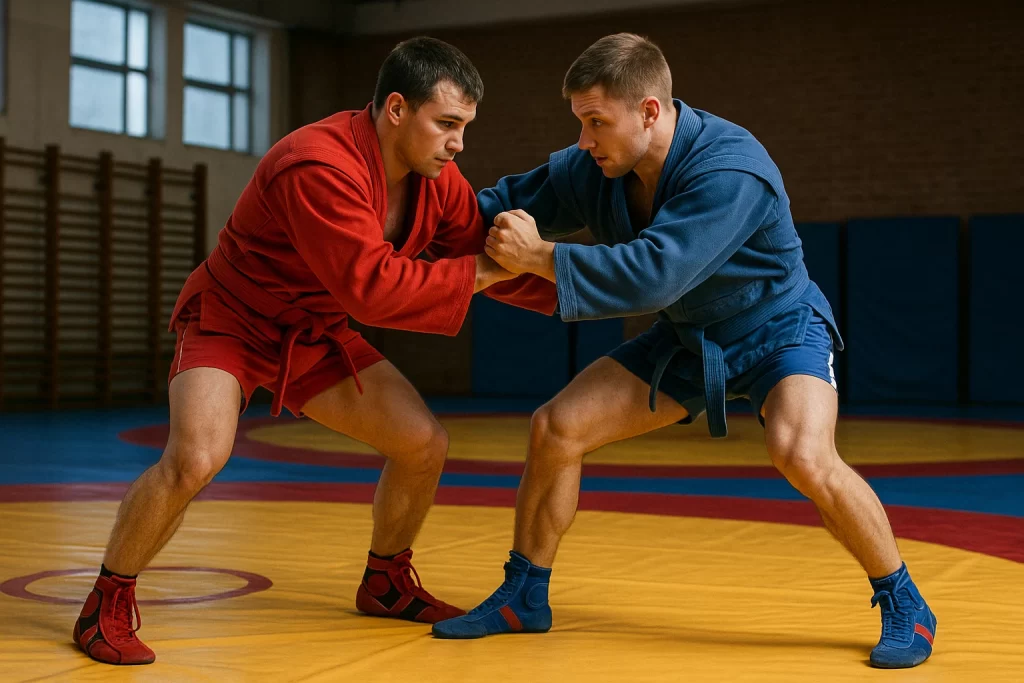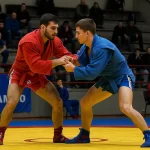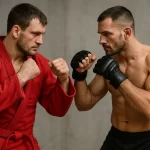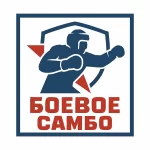Sambo

Sambo is a Russian martial art combining judo, wrestling, and self-defense techniques. Developed in the Soviet Union, it includes both sport and combat variations.
Recent posts

The Future of Sambo in the Modern World
Once forged in the Soviet era for elite military use, Sambo now stands at a global crossroads—should it evolve to meet modern combat trends, or preserve its traditional roots? This two-part article dives deep into Sambo’s biomechanical genius, stylistic transformations, and the debates that shape its future. Whether you’re a practitioner, a curious fan, or a coach, discover what lies ahead for this powerful martial art.

The Future of Sambo in the Modern World
Sambo’s Standing in the Contemporary Martial Arts Landscape In the current ecosystem of global martial arts, Sambo finds itself at a crucial crossroads. Originally developed

Sambo Compared to MMA and Traditional Arts
Sambo: Tactical Efficiency from Soviet Foundations Origins and Core Assumptions Sambo—short for SAMozashchita Bez Oruzhiya (“self-defense without weapons”)—was forged in the early 20th century by
Karate Essentials
Overview
Sambo is a Russian martial art and combat sport combining judo, wrestling, and military techniques. It includes both sport and combat styles.
History of Sambo
Sambo was developed in the Soviet Union in the 1920s as a standardized combat system for the military, later evolving into an internationally recognized sport.
Philosophy & Principles
Sambo promotes practical, no-nonsense combat with a focus on efficiency, aggression, and adaptability. Combat Sambo allows striking, unlike its sport version.
Key Figures
Notable athletes like Fedor Emelianenko and Khabib Nurmagomedov brought Sambo into the MMA spotlight, building on decades of Soviet and Russian dominance.
Global Presence
Sambo is practiced in over 80 countries and is recognized by international federations such as FIAS, with strong support in Eastern Europe and Central Asia.
Relation to Other Arts
Sambo shares roots with judo and wrestling and has heavily influenced Russian MMA training. Its combat style bridges sport and military use.
Sambo Glossary
Understand terms like kurtka (jacket), combat Sambo, leg locks, and competition-specific rules unique to Sambo.
Media & Culture
Sambo is featured in martial arts documentaries, military training materials, and Russian sports media. It symbolizes national pride and discipline.
Travel Guide
Travel to Russia or post-Soviet countries to train in traditional Sambo schools, attend tournaments, or visit national centers of excellence.






